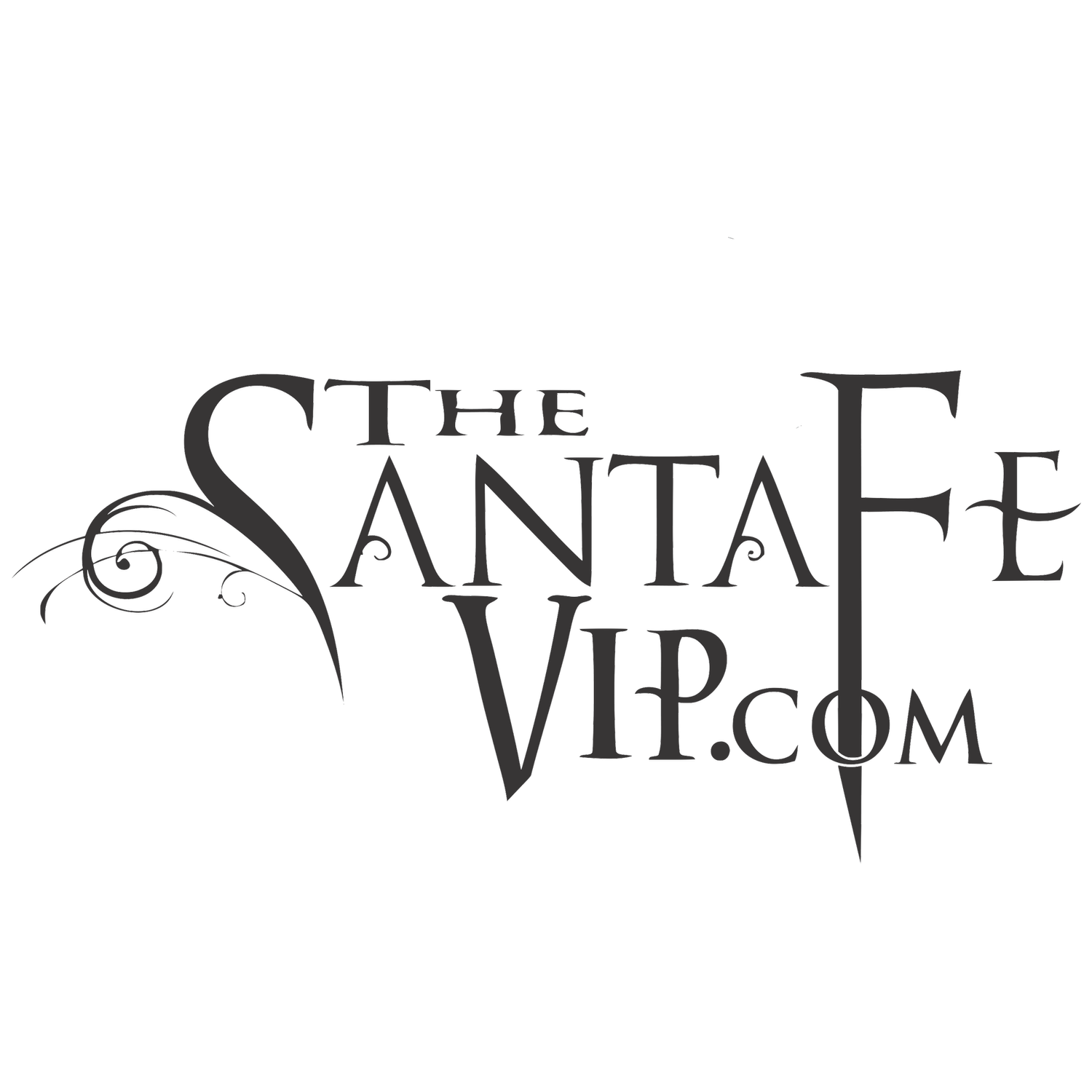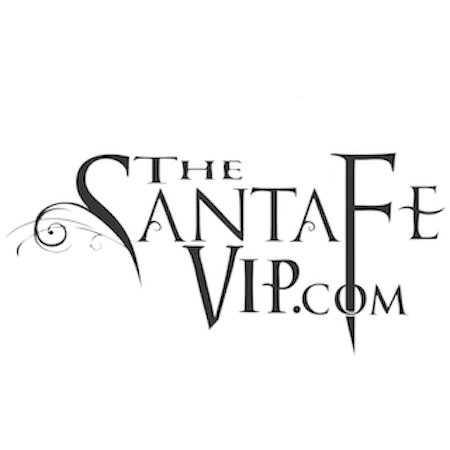Explorer and engineer Ron Barber will offer a special Brown Bag lecture starting on Wednesday, March 6, at noon at the Center for New Mexico Archaeology.
This talk will focus on the significance of the plumed, horned, and/or crested serpent depicted in rock art at many sites up and down the Rio Grande corridor, into Mexico, and into the Four Corners region.
In some locations, these serpents appear to have horns. In some cases, they have a combination of horns and plumes. In other cases, the crest is unclear.
The appearance of plumed or horned serpents in the Southwest has been widely attributed to the infusion of the Mesoamerican plumed serpent ideology from the highlands of Mexico. This theory is challenged, however, by the horned serpent imagery itself, which appears very early in the Southwest, particularly in Utah Basketmaker and Barrier Canyon style sites, and likely had an early influence on Ancestral Puebloan cultures. The early horned serpent ideology may have fused together with the plumed serpent to form the combined horned-and-plumed serpent imagery seen at several locations in the Southwest.
This presentation will summarize crested serpent rock art locations, regional styles, and temporal sequences and compare them to other mural and ceramic images.
Ron Barber is a mechanical engineer with 40 years of experience at national laboratories in California and New Mexico. He has applied his engineering background to developing a systematic approach to surveying and identifying glyphs for potential study and creating three-dimensional models of the interaction of light and sun.
Ron Barber began work on the Stone Calendar Project about 13 years ago. The study focuses on petroglyph panels and their relation to light and shadow calendars used by many indigenous cultures throughout the Southwest. His team has worked with the National Park Service, the National Forest Service, the Bureau of Land Management, numerous Native tribes, and private landowners to identify calendrical sites and to assist in cultural interpretation. The study continues to branch out into many other interesting sidetracks, the lecture "Chasing the Plumed Serpents" being one.
This talk, which will be available online and in-person, will be held in the OAS library at the Center for New Mexico Archaeology. Talks are informal and admission is free. Seating is available on a first-come, first-served basis. This talk begins Wednesday, March 6, 2024, at noon. The lecture will be provided in an online format, either on the Friends of Archaeology Facebook page or the FOA YouTube channel. Look for special announcements regarding this and other talks on the FOA Facebook page or on the New Mexico Office of Archaeological Studies website.
The Center for New Mexico Archaeology (7 Old Cochiti Road) is located off of Caja del Rio Road, across from Challenge New Mexico on the way to the Santa Fe Municipal Golf Course. Take 599 to South Meadows Road, continue through the traffic circle west along the Frontage Road to Caja del Rio Road. CNMA is on the left-hand side of the road and is the large building with white sail-like skylights on the roof.

